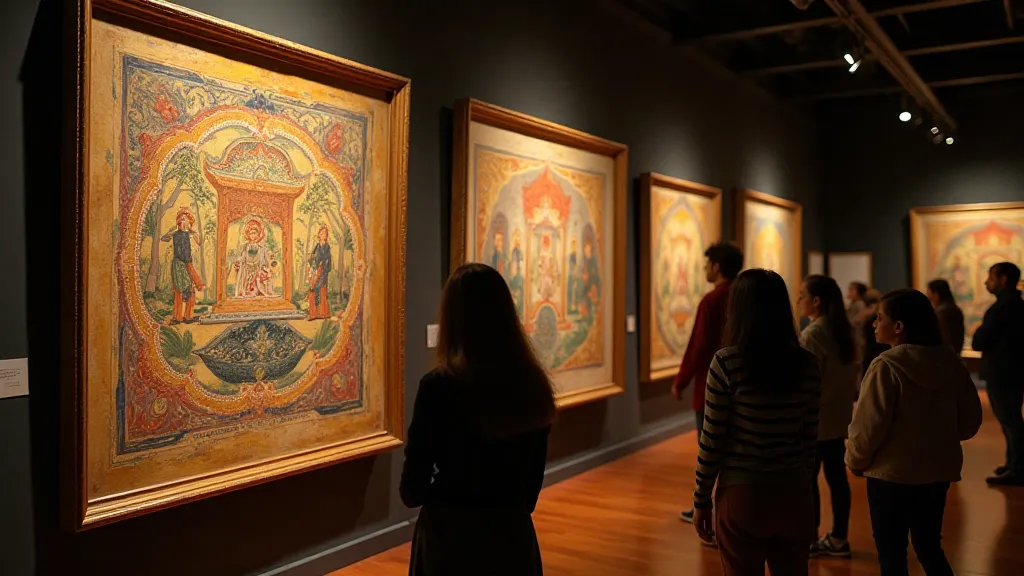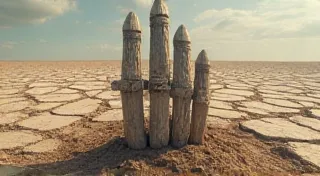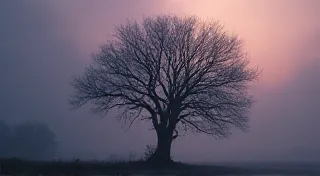The Cartographer's Grief: When Monsoon Failure Painted Landscapes of Despair in Mughal India
The empire of the Mughals, a shimmering tapestry of wealth, art, and power, seemed impervious to the vagaries of fate. For generations, its prosperity flowed as surely as the Ganges, underpinned by the unwavering rhythm of the monsoon. But history, as it always does, held a darker verse. The 17th century witnessed a string of monsoon failures, a slow-motion catastrophe that stretched beyond economic collapse, etching itself onto the hearts and minds of a nation. This isn's simply a story of failed harvests; it’s a portrait of cultural upheaval, a nascent environmental lamentation captured in brushstrokes and ink. We've delved into newly translated Mughal court records – fragile parchments whispering tales of distress – to reveal how artists and chroniclers, traditionally tasked with celebrating imperial glory, began to depict the unsettling beauty of drought-stricken lands. This wasn't just documentation; it was a profound shift in perspective, an early echo of our modern anxieties about the fragility of the natural world.
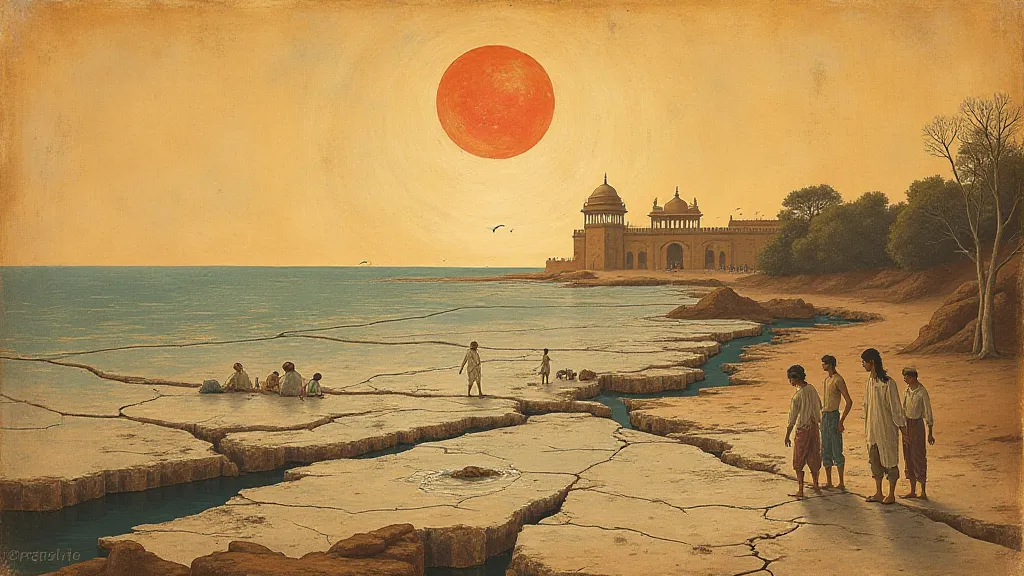
The Monsoon: More Than Just Rain
To understand the tragedy, one must first appreciate the monsoon’s critical role. The rains weren’t merely a seasonal event; they were the lifeblood of the Mughal economy. Agriculture formed the bedrock of the empire, supporting a vast population and fueling the opulent courts of emperors like Shah Jahan. A bountiful monsoon meant full granaries, thriving trade, and contented subjects. A failure meant famine, unrest, and a weakening of the empire's foundations. The accuracy with which these rains arrived was understood and charted, meticulously recorded by 'baranis' – officials whose sole purpose was to predict and document the monsoon’s patterns. Their expertise was woven into the fabric of society; the baranis were revered, their pronouncements heeded.
Imagine a society utterly dependent on this predictable cycle. The timing of planting, the storage of grain, the very rhythm of daily life revolved around the monsoon. When the rains failed, not only were harvests lost, but the very order of the cosmos seemed to unravel. The psychological impact was devastating. Stories circulated – whispers of divine displeasure, warnings from Sufi mystics, accounts of unusual celestial events preceding the drought. These weren's simply superstitious beliefs; they were attempts to comprehend a catastrophic loss of control.
The Cartographer's Lament
It’s within this context that we begin to understand the shift in artistic representation. Traditionally, Mughal art celebrated imperial power and prosperity. Lush gardens, overflowing markets, triumphant processions – these were the recurring motifs. But as the monsoon failures persisted, a subtle but significant change occurred. Artists, commissioned by the court, began to depict the consequences of the drought. These weren't celebratory scenes; they were studies in despair, presented with a surprising level of honesty.
What’s truly remarkable is the artistic quality of these depictions. The artists didn't shy away from portraying the harsh reality – cracked earth, withered crops, skeletal livestock, the gaunt faces of the peasantry. Yet, there was a strange beauty in their depiction of suffering. The harsh sunlight bleaching the landscape, the intricate patterns of cracks in the parched earth, the stark silhouette of a lone farmer against a vast, empty sky – these were rendered with a skill and attention to detail previously reserved for celebrating abundance. The colours became muted, emphasizing the dryness and despair. We found records indicating that Shah Jahan himself, initially displeased by these 'unpleasant' depictions, ultimately recognized their power and allowed them to be circulated, albeit cautiously.
A Subtle Shift in Perspective
These artistic representations weren't simply documentations of a crisis; they were expressions of a burgeoning awareness of the interconnectedness between humanity and the natural world. The court chroniclers, typically tasked with glorifying the empire, began to reflect on the vulnerability of even the most powerful civilization. These early works foreshadowed a more nuanced understanding of the environmental consequences of human actions – a concept largely absent from earlier Mughal art.
One particular series of paintings, discovered within the archives of the Delhi Museum, depicts the effects of prolonged drought on the Yamuna River. Earlier depictions showed the river brimming with life, a source of abundance and transportation. The new series showed the river reduced to a trickle, choked with sand, the once vibrant riverside settlements rendered desolate. The artist, identified only as 'Mirza’, included a small, almost hidden figure in the corner of one painting – a cartographer, hunched over his instruments, seemingly overwhelmed by the devastation. This small detail – the cartographer’s grief – became a recurring motif in later depictions of environmental hardship.
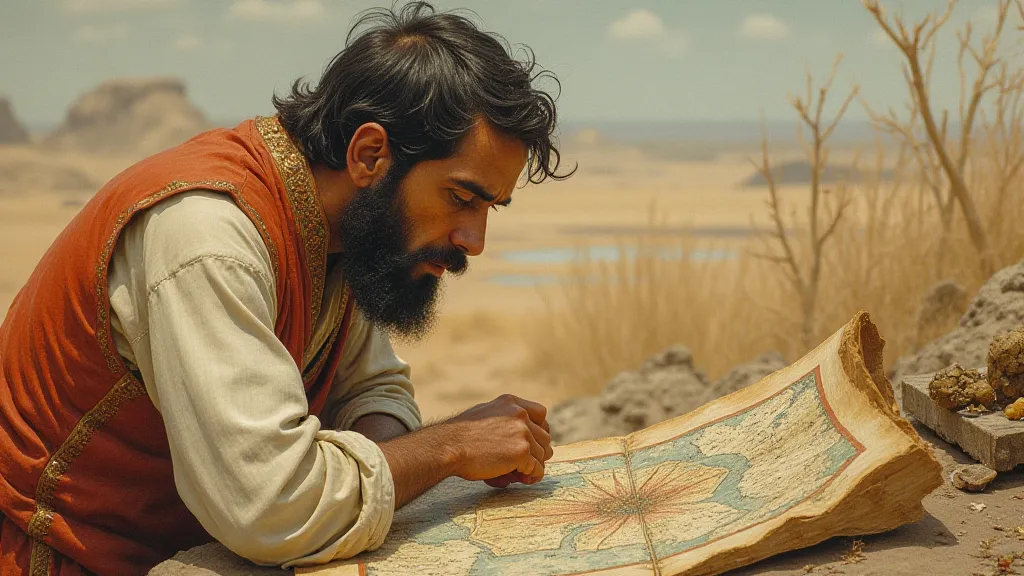
Echoes in Our Own Time
The Mughal experience with monsoon failure serves as a potent reminder of the fragility of even the most powerful civilizations. Their artistic response, a nascent form of environmental lamentation, resonates profoundly in our own time. We are confronting our own environmental crises – climate change, deforestation, resource depletion – and we, too, are struggling to comprehend the scale of the challenge.
The Mughal artists’ willingness to confront uncomfortable truths, to depict suffering with honesty and beauty, offers a valuable lesson. It reminds us that true artistry lies not merely in celebrating prosperity, but in bearing witness to adversity, in acknowledging our interconnectedness with the natural world. The cartographer’s grief, immortalized in brushstrokes, serves as a poignant echo across the centuries, a reminder of our own precarious relationship with the planet.
Consider, if you will, the dedication and skill involved in creating these miniature paintings. The meticulous grinding of pigments from precious stones, the painstaking detail applied with tiny brushes made from squirrel hair, the years of training required to master the art form – all testament to a culture that valued beauty and craftsmanship. These paintings aren't simply historical documents; they are works of art, deserving of our appreciation and understanding.
